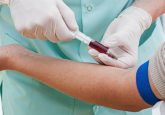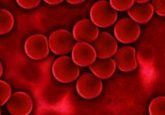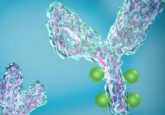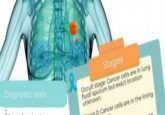Report outlines burden of rare cancers in the United States

Rare cancers are defined as an incidence of fewer than six cases per 100,000 individuals per year. A report, recently published in CA: A Cancer Journal for Clinicians, identified that rare cancers account for more than two in three cancers in children and young adults. Incidences of rare cancers are expected to increase as the use of molecular markers advances.
Rare cancers provide a unique challenge for clinicians and their patients, due to lack of research to identify causes or to develop strategies for prevention or early detection is very limited/non-existent. Rare cancers are challenging to diagnose, often resulting in misdiagnosis leading to substantial delays in treatment. Effective treatment regimens, however, are often limited because of lack of clinical research and fewer clinical trials for rare cancers.
As a result, 5-year survival rates for patients with rare cancers have a poorer prognosis in comparison to common cancers. In children and adolescents, the 5-year survival rate is higher (82%) than for adults aged 65–79 years (46%).
Researchers led by Carol E DeSantis (American Cancer Society, GA, USA) investigated the incidence of rare cancers and determined that approximately 20% of patients with cancer in the United States are diagnosed with a rare cancer. Incidences of rare cancers were apparent in Hispanic (24%) and Asian/Pacific Islander (22%) patients in comparison to non-Hispanic blacks (20%) and non-Hispanic whites (19%).
“Continued efforts are needed to develop interventions for prevention, early detection, and treatment to reduce the burden of rare cancers” explained the authors. “Such discoveries can often advance knowledge for all cancers.”
Sources: DeSantis CE, Kramer JL, Jemal A, The burden of rare cancers in the United States doi: 10.3322/caac.21400 CA: A Cancer Journal for Clinicians (2017); Eureka alert press release




